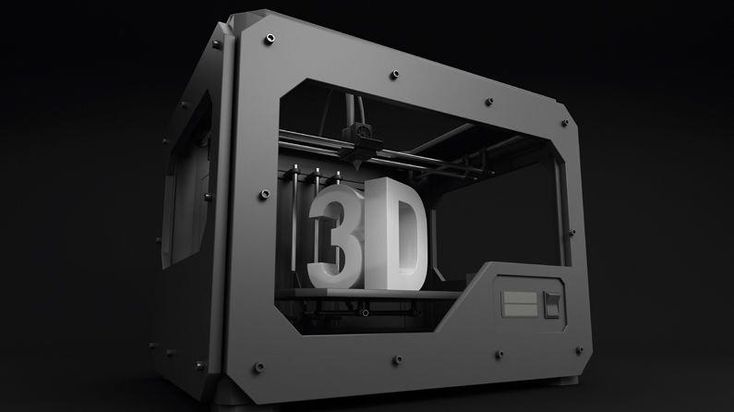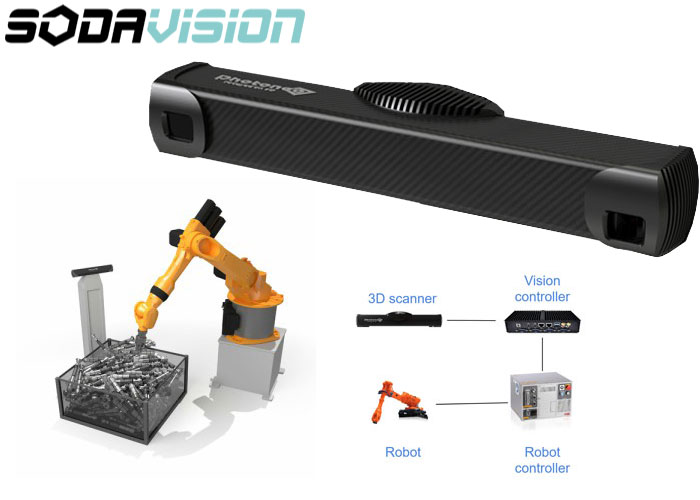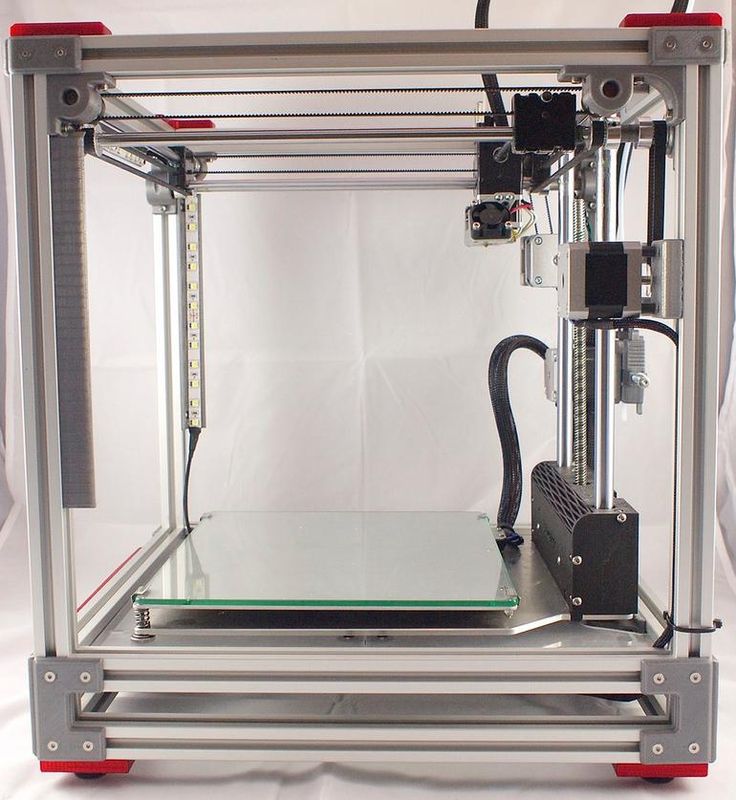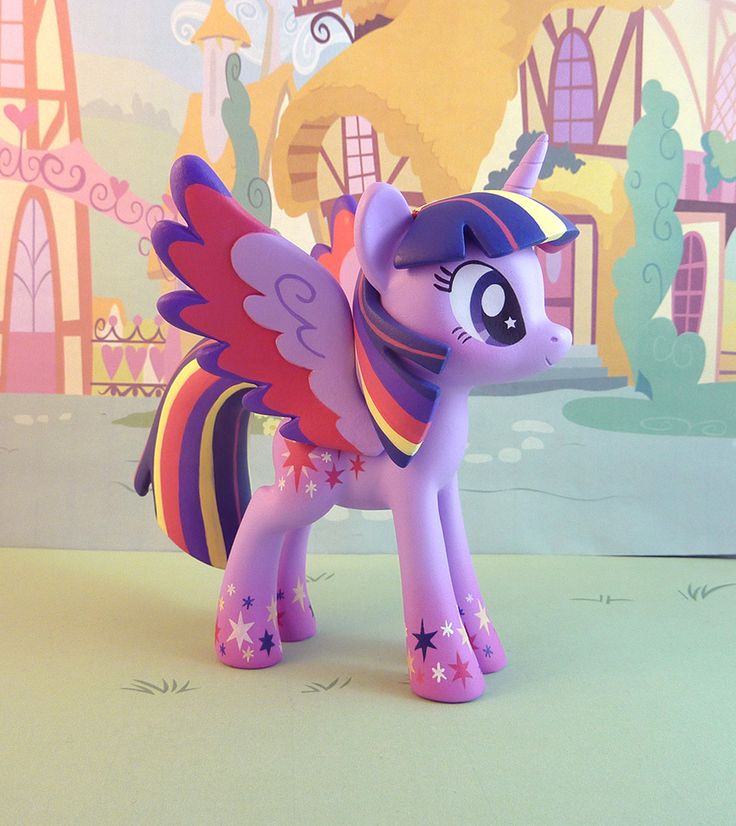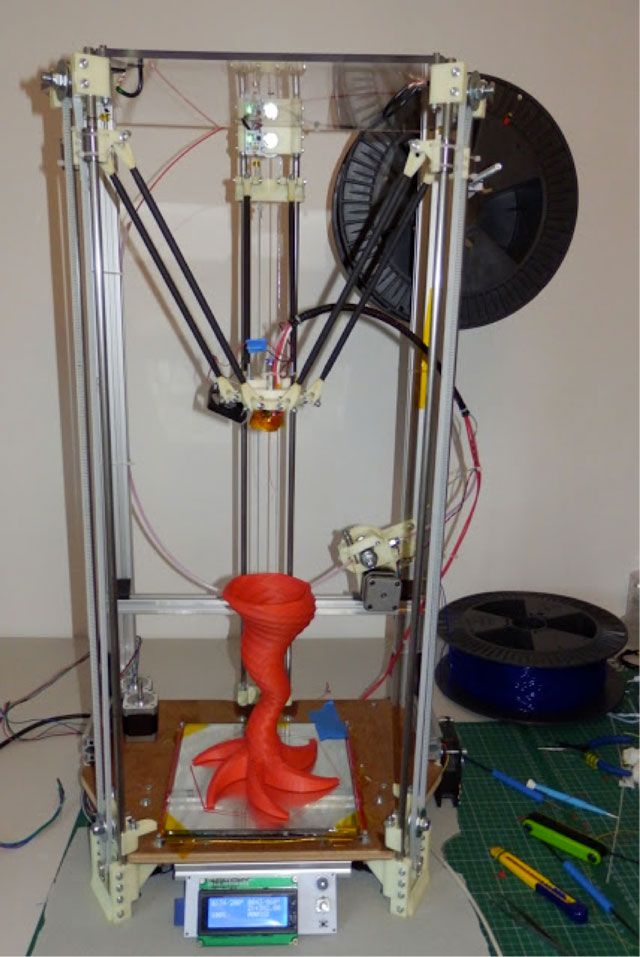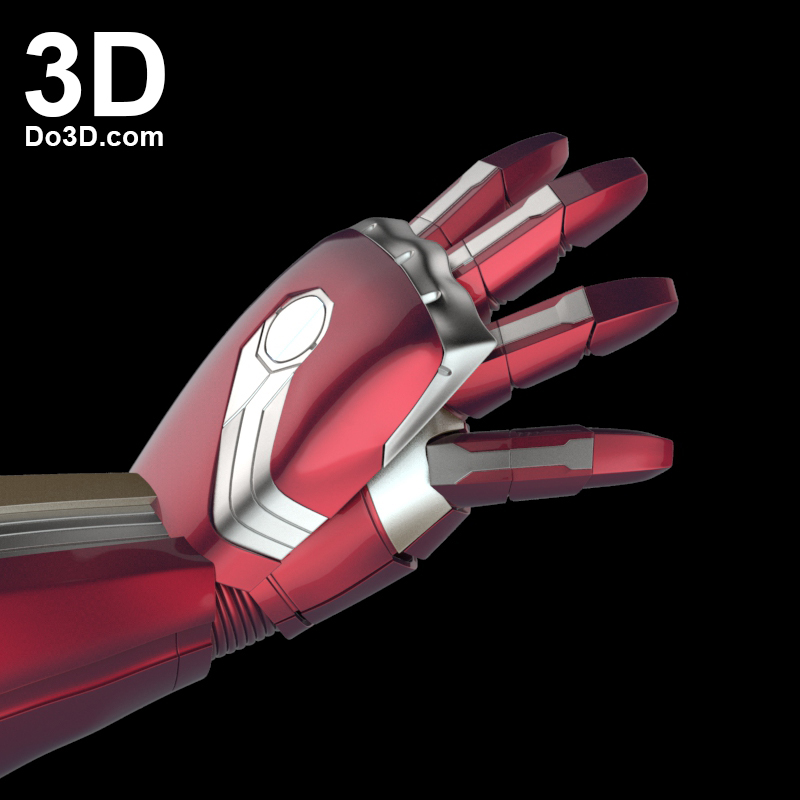Will 3d printers replace manufacturing
Will 3D Printing Technology Replace Traditional Manufacturing?
3D printing technology has gained a lot of momentum in the last decade. You might have read articles on how 3D printing has disrupted different markets, including gaming, aerospace, construction, automotive, electronics, and more! There have been speculations that it might replace traditional manufacturing in the coming years. But how far 3D printing technology will go? What are the possibilities of the evolution of this technology in the industry? Will 3D printing completely replace traditional manufacturing or is it a distant dream? Are the concerns cropping up about the viability of traditional printing, right? Let’s find out!
Traditional Manufacturing vs 3D ManufacturingThere is no Yes/No answer to the simple yet complex question, ‘Will 3D printing replace traditional manufacturing?’ However, the ideal answer to his question is, such replacement isn’t feasible in the short term. Such replacement could take years of research, innovation, or improvement. Let’s compare 3D printing and traditional manufacturing based on different attributes and find out where this evolving technology fits in.
3D printers can produce top-notch quality items. For example, 3D DLP printers can create items with 0.0225mm height on the z-axis that is fine enough to make out even the minute details. Furthermore, sticking to 3D printing is good for creating things like buttons, game pieces, kitchen drawers, toys, or mechanical items.
On the other hand, manufacturing can produce excellent quality products on a large scale too. Unlike 3D printers, manufacturing cover metal casting, lathing, liming, forging, injection plastics, and more! Though you can print an item on a 3D printer, the additional finishing steps can only be accomplished with traditional manufacturing. As long as 3D printers use layers in the production process, there will be room for traditional manufacturing.
It takes around 3 to 30 hours for a 3D printer to produce an item, based on the complexity. Traditional manufacturing, on the other hand, can produce anything from a few to thousands a day. Also, if you need a product or part that will be globally purchased, you might need more production than what 3D printers can do. Imagine producing a new widget to have in your hardware store; you will need a ton on the same day. Traditional manufacturing with single injection casting could do this.
Production Speed3D product modeling becomes easier with computer-aided software. Once you have created the 3D model, the 3D printer will take a few minutes to complete the design. In today’s world where companies are agile and creating items quickly is needed, 3D printing shines. With 3D printers, traditional manufacturers could set up production within days that would otherwise take years. Even if you fail with an item, failing fast and moving on to the next product is valuable. It is a wonderful advantage to get to the market quickly, accept feedback, and make necessary changes in the product.
It is a wonderful advantage to get to the market quickly, accept feedback, and make necessary changes in the product.
3D printing is generally recommended when a product needs to have a smooth finish. It is an additive process, which means a 3D printer adds layers of materials onto a product until it is complete. You can easily see cross-sectional thin layers. On the flip side, the manufacturing process includes steps, like stamping, molding, etc., that create a smoother finish.
Strength3D printed products are not as strong as traditionally manufactured ones. When it comes to injection molding, the part of a product has is evenly strong because the material structure is consistent. However, a 3D printed product consists of layers. This means, layers don’t bond well in Z-axis as they do in X-axis and Y-axis; thus, they are weak. Another reason why 3D printed products are weak is, they can use only a few plastics for production. Or, one can’t use a range of high-performance plastics.
Or, one can’t use a range of high-performance plastics.
Well, considering the comparison we have done above, it would take decades for 3D printing to replace traditional manufacturing. In the near future; however, we can say that 3D printing could modify or improve some processes in the industry.
Thus, rather than considering 3D printing as a replacement for traditional manufacturing, consider it as a way to expand the manufacturing field or improve the manufacturing processes.
Learn more about parametric and computational design from the variety of the studio workshops at the PAACADEMY
Will 3D Printing Replace Traditional Manufacturing?
Jul 20, 2020
The manufacturing industry and 3D printing are a dream team. Manufacturing is an ever-growing industry, and 3D printing is now at the lead of many advancements and innovative techniques.
We asked David Trillo Hernández, a member of our very own technical team, for his predictions on the future of manufacturing with additive manufacturing tools, and the effects we’re seeing today.
In this article, we’ll examine the impact that 3D printing has already had on the manufacturing industry. We’ll also explore the possibilities of the evolution of this function in the industry.
3D Printing and Manufacturing, TodayCurrently, 3D printing has many different applications within the manufacturing industry, such as producing precise tools, fixtures, and prototypes.
As a solution, 3D printing is very valuable in the manufacturing industry for its ability to quickly adapt to needs and ideas, especially in producing objects that speed up production chain processes. Specifically, when it comes to creating tools and fixtures that can promptly adapt to unique needs.
Traditionally, prototyping can be costly and time-consuming. You would either have to contract an external manufacturer or spend time and resources creating the prototype in-house. Now, the increase of 3D printers in manufacturing plants has sped up the prototyping process. It also has a lower cost, higher confidentiality, and a smaller environmental impact.
It also has a lower cost, higher confidentiality, and a smaller environmental impact.
A good example of this is Renault. Renault formed a 3D printing hub within their company that allows them to produce necessary tools, fixtures, and prototypes without having to rely on an external manufacturer. The hub does not have one specific application, but instead, they utilize 3D printing for a variety of requests. The value of this is akin to having a dedicated workshop within your own company.
However, while it is an essential part of manufacturing processes currently, 3D printing is not yet utilized on a wide scale to create full-blown final, end-use products.
The Future of ManufacturingIn the coming years, we expect to see 3D printing used to create more final use products. With the growing market demand for customized and personalized products, we predict that the role of 3D printing will increase exponentially, as this technology allows for greater flexibility in customizing products without adding a huge cost.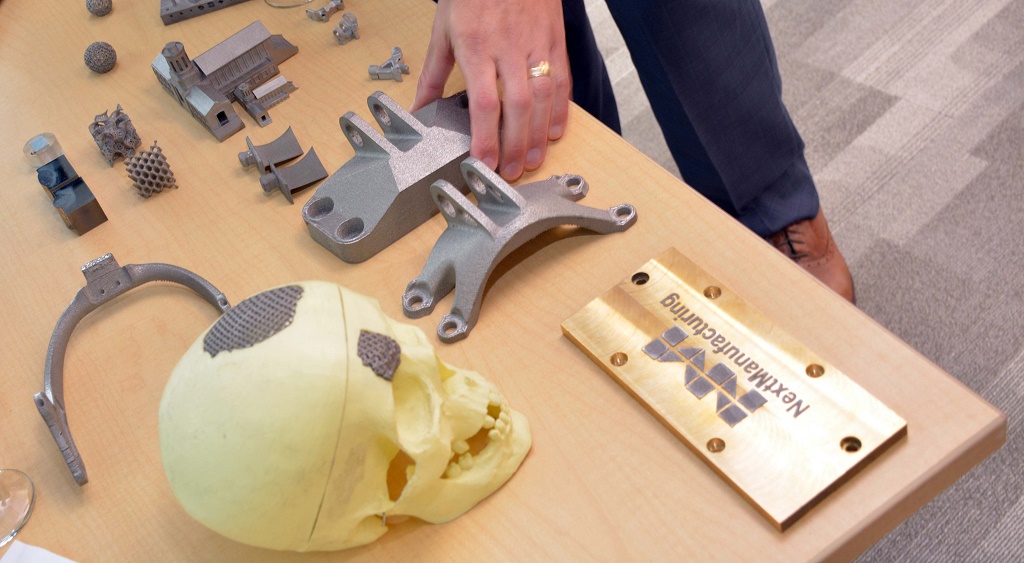
Let’s take a look at car manufacturing as an example. If a consumer needs a car with a customized steering wheel, this would normally be a very costly and time-consuming addition to the manufacturing process.
However, 3D printing could provide the possibility of creating the personalization straight from the manufacturer at a much lower cost and time expense than if done through other traditional methods. This could be a reality in the near future, when the material is as strong and meets the same quality standards as today’s final use products.
We also anticipate that the ease of use of industrial-grade materials will change over time as well. We have already seen this in recent years with ABS.
Just a few years ago, printing with ABS was considered to be tough and not for beginners. However, this filament has evolved to make ABS a very commonly used material. We expect that we can see a similar evolution to occur with many other materials.
Will 3D Printing Ever Replace Manufacturing?Will 3D printing ever actually replace traditional manufacturing? It’s a fair question when you consider how quickly it has already revolutionized the industry.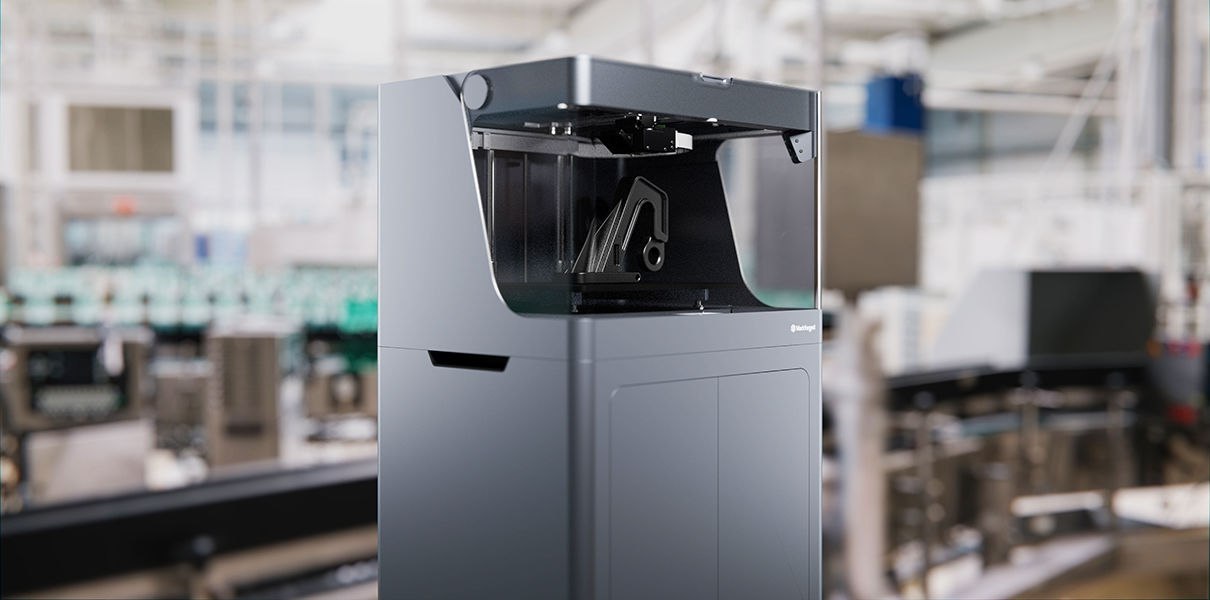
Potentially, many, many years from now 3D printing will expand to replace traditional manufacturing as we know it today. However, this is not likely something we will see in our lifetimes. In the near future, 3D printing could potentially significantly modify some processes within the industry.
Rather than seeing 3D printing as a potential ender of manufacturing as we know it, we see 3D printing as a way to expand the field of manufacturing beyond what we can currently even imagine.
Will 3D printers replace industrial mass production?
The technology of creating three-dimensional metal objects on 3D printers can not only change the industrial market. "Factories at home" for the manufacture of the necessary things in a single copy someday, probably, will cancel mass industrial production. But for now, the method remains just a fascinating experiment.
Piece priority
Print on demand - this is the name of the publishing technology that allows you to print a book in any edition, up to one copy.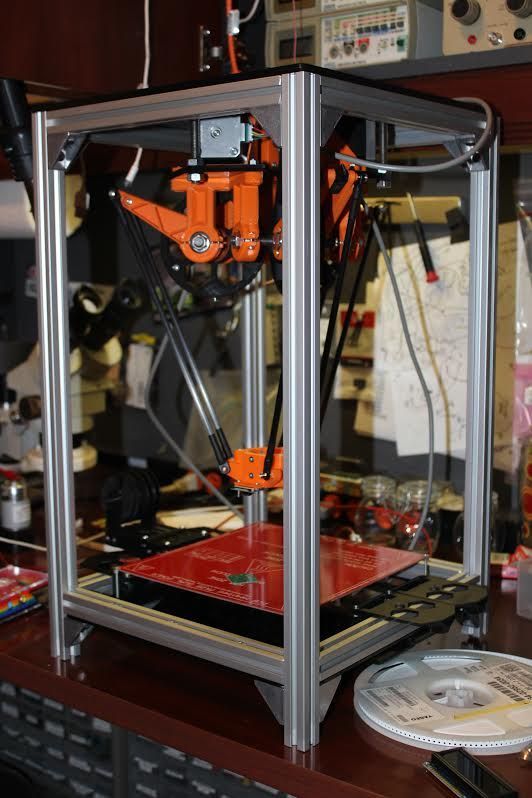 Something similar is offered by the 3D prototyping method, which is actively developing today, only when using it, the goal is not to save on consumables, but to create a product with unique properties. However, both types of "print on demand" are in line with the same modern trend: to return consumption to the forms in which it existed before the industrial revolution of the late 18th century, which ended with the victory of mass production. In the future, perhaps, the priority of piece production will return.
Something similar is offered by the 3D prototyping method, which is actively developing today, only when using it, the goal is not to save on consumables, but to create a product with unique properties. However, both types of "print on demand" are in line with the same modern trend: to return consumption to the forms in which it existed before the industrial revolution of the late 18th century, which ended with the victory of mass production. In the future, perhaps, the priority of piece production will return.
3D printing can make individual items so cheap that they cost less than assembly line production. Economies of scale - one of the main achievements of the industrial revolution - will lose their significance. If 3D prototyping technology develops, the effect will be comparable to the appearance of the first plants and factories. The only paradox is that the factories themselves could theoretically disappear.
Prototype and customize
3D printers have been around for quite some time, but traditionally they have been used primarily to produce parts in the automotive, aerospace, and medical industries.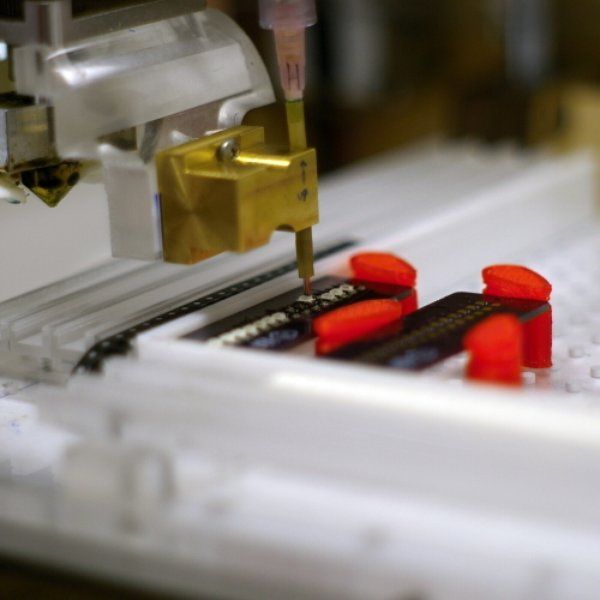 With their help, a part model was created, serving as a design model for mass copies, then traditional assembly line production was launched. Today, 3D printing technology itself competes with the assembly line, where no one manufactures to get one unique object. On a 3D printer, each item is created as if for the first time, and does not appear according to the same template, which gives ample opportunities for the so-called customization - fitting and customizing each item produced to the needs and tastes of a particular person.
With their help, a part model was created, serving as a design model for mass copies, then traditional assembly line production was launched. Today, 3D printing technology itself competes with the assembly line, where no one manufactures to get one unique object. On a 3D printer, each item is created as if for the first time, and does not appear according to the same template, which gives ample opportunities for the so-called customization - fitting and customizing each item produced to the needs and tastes of a particular person.
Up in the air
How does 3D prototyping work in metalworking? Scientists from the Amsterdam laboratory of Joris Larman have created a unique technology for 3D printing of metal products. This process can be called "printing" only because it is difficult to find a closer analogy. The technology of Dutch scientists works without the use of any supporting structures on which the created objects would be held. Metal objects in the process of "printing" literally hang in the air.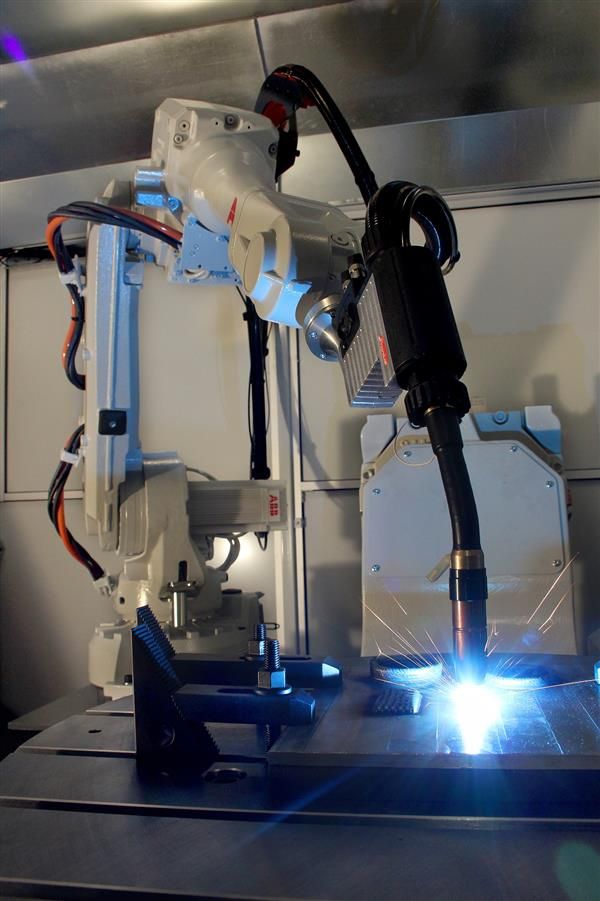
The 3D printer consists of two parts - a welding machine that melts and distributes metal, and a robotic crane. With the help of extrusion - forcing molten metal through small holes in the extruder - thin threads of metal hang in the air for a short time, and during this time other threads have time to layer on them. During this process, the shape of the future structure gradually emerges from the intersection of longitudinal, transverse and diagonal lines-threads.
The bold technology is called MX3D-Metal 3D printing initiative and can use stainless steel, steel, bronze, aluminum, copper to create three-dimensional objects. Products from all these metals can be created without the participation of supporting structures. The authors of the project are trying to increase the range of metals used in their technology - for this they are developing new extruders with different openings for the release of molten metal.
At the same time, software for a 3D printer is being created, which will make it possible to more accurately set the parameters of a future product.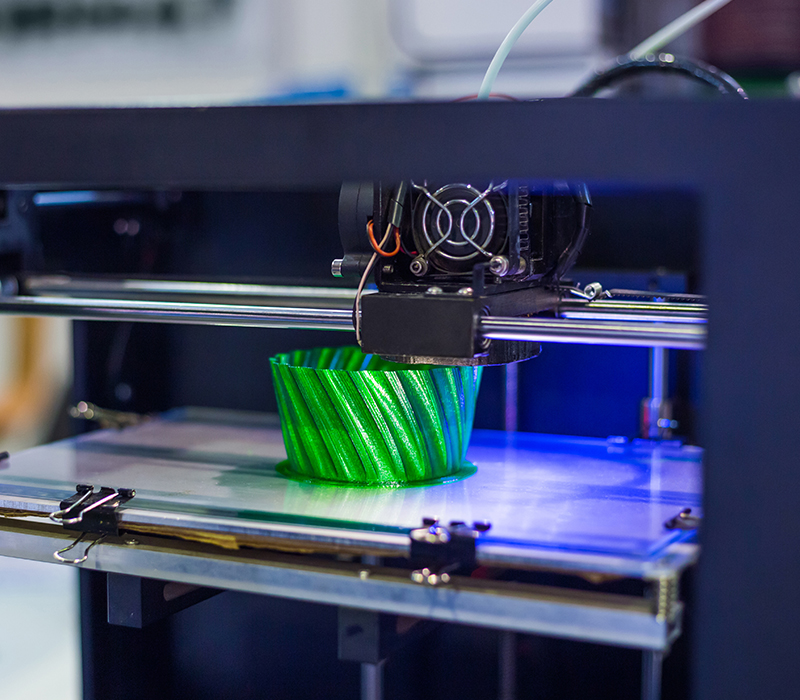
The technology of layer-by-layer "growing" of metal objects is called additive manufacturing (from English add - add). The additive method of printing metal products has a number of advantages over traditional conveyor production: it does not require the cost of maintaining production lines, and it reduces the amount of waste released into the environment. And most importantly, 3D printing has great design flexibility and allows you to create many new forms, which is especially important in aircraft and rocket science, medicine and other high-tech areas.
Discounted high tech
But how soon can ordinary people use metal 3D printing? Industrial 3D printers, for which metals are the working material, still cost tens of thousands of dollars. There are printers that cost about $1,000, but so far they can only work with plastic.
American entrepreneur and engineer David Hartkop has made a printer called the Mini Metal Maker that will cost just $750.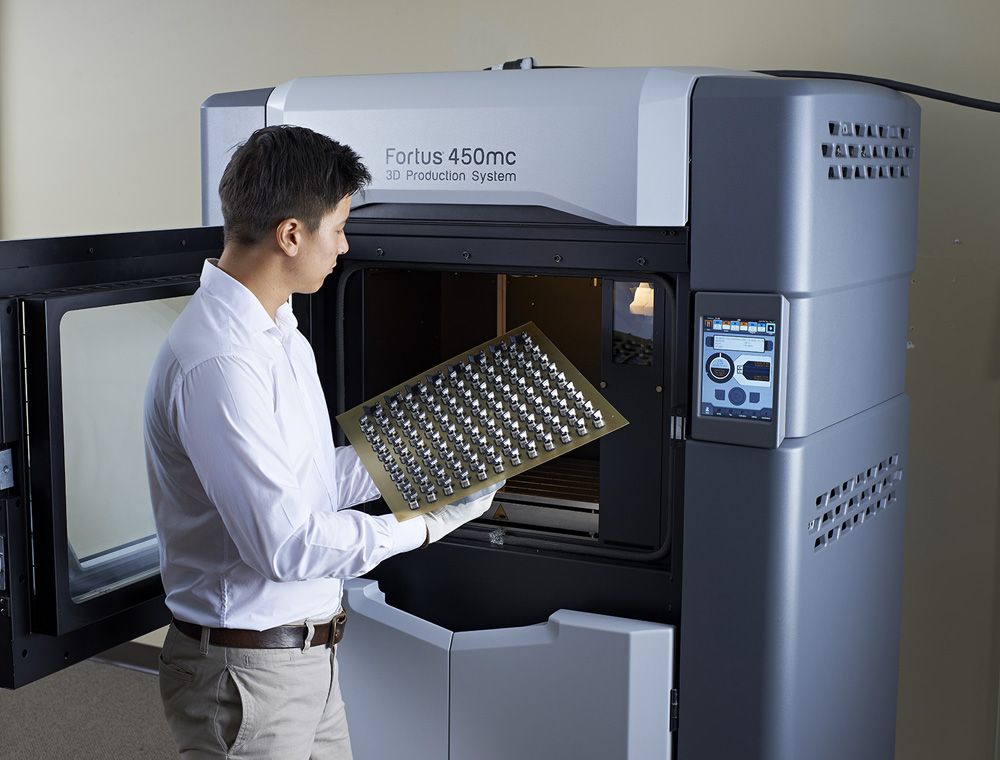 Hartkop's device uses so-called metal clay to create three-dimensional objects. It was invented back in 1990 in Japan. This hybrid material consists of tiny metal chips mixed with water and an organic viscous emulsion. The trick with metal clay is that it can be molded into almost anything using a variety of shapes, just like ordinary clay. After "sculpting" on the printer, the product is dried and fired - the analogy with potter's clay is still relevant. But if, after firing, a conditional pot or dish is ready for use and has certain, well-known properties, then metal clay allows you to get exactly a thing from metal. The organic viscous additive burns out during firing, and the metal chips are melted and sintered into a solid metal product.
Hartkop's device uses so-called metal clay to create three-dimensional objects. It was invented back in 1990 in Japan. This hybrid material consists of tiny metal chips mixed with water and an organic viscous emulsion. The trick with metal clay is that it can be molded into almost anything using a variety of shapes, just like ordinary clay. After "sculpting" on the printer, the product is dried and fired - the analogy with potter's clay is still relevant. But if, after firing, a conditional pot or dish is ready for use and has certain, well-known properties, then metal clay allows you to get exactly a thing from metal. The organic viscous additive burns out during firing, and the metal chips are melted and sintered into a solid metal product.
"Printed" metal clay product can be fired on a conventional gas burner. After firing, objects lose the layered structure characteristic of products made on a 3D printer. The metal chips are sintered rather densely, and the objects practically do not differ in strength from solid metal products. They can be subjected to the same processing: drilling, grinding, sawing.
They can be subjected to the same processing: drilling, grinding, sawing.
Printer versus assembly line
However, despite the impressive prospects that metal 3D printing technology opens up, it is still clearly divided into two directions. The first, relatively speaking, “homemade”, is not yet sufficiently developed so that with the help of a personal 3D printer it would be easy to create products of any shape and characteristics that are needed in everyday life. The industrial production of parts will gravitate toward the conveyor method for a long time to come. Someday piece production will replace mass production. Most likely in areas where high quality products and components are a must, such as in the computer and medical fields.
For the time being, it seems unlikely that the industry will abandon the cheap and convenient assembly line. But a 3D metal printer will still produce one revolution in production and consumption. Technology will revive the notion of the lone handicraft that died out after the industrial revolution. Only those craftsmen who were engaged in small-scale production using manual labor existed this way, because it was impossible to do otherwise. New "handicraftsmen" will print, use and sell their unique goods, because they want to.
Only those craftsmen who were engaged in small-scale production using manual labor existed this way, because it was impossible to do otherwise. New "handicraftsmen" will print, use and sell their unique goods, because they want to.
Ivan Shipnigov
3D technologies and sanctions: how can industries develop in the new conditions?
The last few years have been marked by growing interest in additive technologies on the part of mining companies. According to iQB Technologies, such companies as Sibur, Gazprom Neft, Tatneft, EVRAZ, Surgutneftegaz and others have actively introduced 3D scanning and printing in their production.
regime had the strongest impact on high-tech industries, which can be safely attributed to additive technologies. Which companies left and which ones remained on the Russian market? How is the industry adapting to new conditions?
Participants of the webinar “3D technologies in crisis: who will replace the main market players?” were looking for answers to these questions. from iQB Technologies.
from iQB Technologies.
Demand for 3D technologies in Russia grew under the sanctions
Despite the sanctions, or maybe because of them, the demand for additive technologies in Russia has only grown in recent months, says Andrey Kombarov, commercial director of iQB Technologies.
In an environment where the import of components and spare parts from unfriendly countries has stopped indefinitely, 3D scanning and printing is often the only way to get the necessary part. Additive technologies are used not only for 3D modeling, but also in reverse engineering, small-scale production, manufacturing of unique products, and prototyping.
However, the negative impact of sanctions on the industry should not be underestimated either. After February 24, such large companies in the field of additive technologies as 3D SYSTEMS, Stratasys, Materialize, FARO, CREAFORM, Desktop Metal, etc. left Russia. That is, from the point of view of demand, we see an increase in the number of requests, but if we talk about supply, there are still unfilled niches.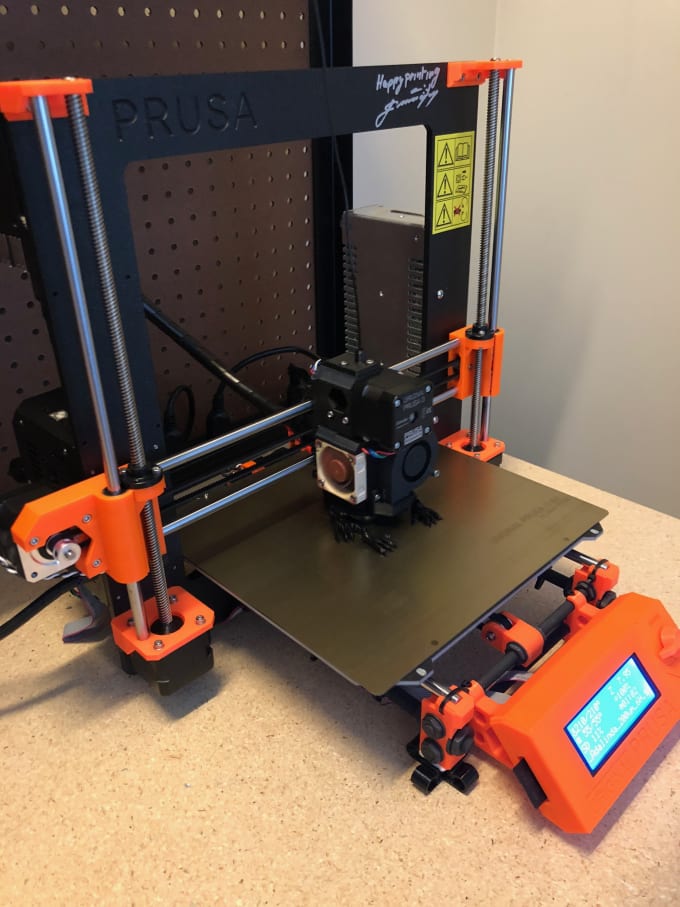 But the laws of the market have not gone away, they will be filled, and this process is already underway,” Andrey Kombarov states.
But the laws of the market have not gone away, they will be filled, and this process is already underway,” Andrey Kombarov states.
At the same time, iQB Technologies proposes to divide sanctions into three types. The first is ideological, when the decision not to trade with Russia was made by the company itself, without waiting for instructions from national governments. The second type is associated with a ban on the supply of not even specific brands, but technologies.
In the case of additive technologies, this can be lasers or semiconductors. Accordingly, equipment manufacturers that use them are forced to stop or limit their supplies to the Russian Federation. And finally, logistical problems.
Here, companies also make their own decisions to terminate interactions, not because of any ideological views, but because of financial constraints, such as disconnection from SWIFT, difficulties with payments and logistics. But if someone is ready to take these risks, then these manufacturers are ready to cooperate, Andrey Kombarov notes.
But if someone is ready to take these risks, then these manufacturers are ready to cooperate, Andrey Kombarov notes.
It is worth noting that the most difficult thing is to overcome "ideological" sanctions - there are practically no chances for cooperation in the foreseeable future. It is easiest to work with logistical constraints. So, parallel imports are gaining momentum, companies are considering various options for supplies. As a result, the equipment, albeit in a roundabout way, ends up in Russia.
Who is left on the Russian 3D technology market?
However, not all companies supplying 3D equipment left Russia. Chinese ZG Technology, ProtoFab, FLASHFORGE 3D PRINTER and Russian RangeVision continue deliveries. So, domestic enterprises will not be left without 3D printers and scanners. But the difficulties remain. First, Chinese and Russian companies are not yet able to fill all the vacant niches.
“We plan to continue supplying Discovery 3D Printer products to Russia and the CIS.
Objectively, we have not found competitive worthy analogues. There are Korean and Chinese solutions, but for one reason or another, in the technical part, they all fall short of the Discovery 3D Printer. And although logistics, for obvious reasons, has become more expensive, but due to the low exchange rate of the dollar and especially the euro, this price increase is offset,” said Victor Naumov, an expert in 3D printing solutions at iQB Technologies.
An equally important issue to be addressed concerns raw materials for 3D printing. However, here the dependence on Western suppliers was not so strong. Thus, the Chinese company ProtoFab, which continues to work in the Russian Federation, has its own polymer plant. Russian-made resins are also being tested.
As for metal powders for 3D printing, they are produced in Russia by Polema, RUSAL and Nornickel. So most of the materials for additive technologies are currently available in sufficient quantities and at reasonable prices, Viktor Naumov believes.




